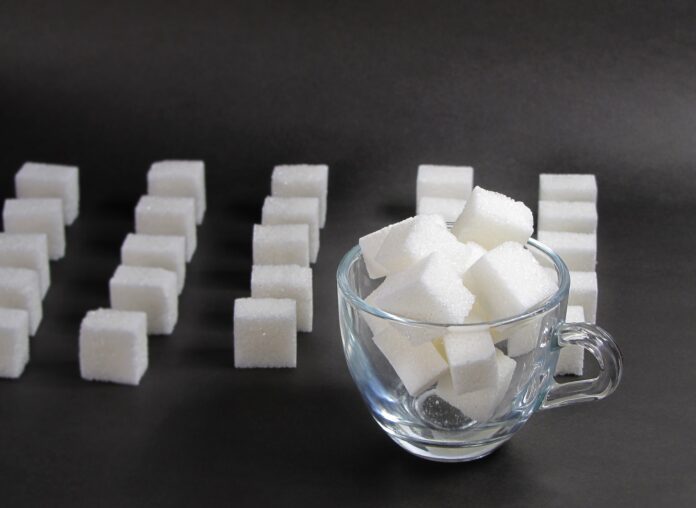Sugar is a common ingredient in our daily meals, but excessive consumption can negatively impact health. Sugar Stacks is a valuable tool designed to help individuals track and understand the sugar content in various foods and beverages. This article explores the platform’s detailed breakdown of sugar levels across categories like beverages, desserts, snacks, fruits, vegetables, and more, empowering users to make informed dietary choices.
Beverages
Drinks are among the leading sources of added sugars. Sugar Stacks highlights how much sugar is present in popular options: a standard can of regular soda contains 39 grams, while diet versions have none. A 12-ounce glass of orange juice holds around 9 teaspoons (approximately 36 grams) of sugar, whereas unsweetened iced tea delivers zero.
Desserts
Most desserts are high in sugar and should be consumed sparingly. For example, a slice of apple pie has about 13 grams, while cheesecake averages 18 grams per serving. A single chocolate chip cookie typically contains 6 grams of sugar.
Snacks
Many snacks, like candy or processed treats, can pack a sugary punch. A 1.5-ounce bag of Skittles has roughly 20 grams of sugar, while plain potato chips contain none.
Fruits
While fruits are naturally sweet, some varieties are higher in sugar. A medium banana contains around 14 grams, and a cup of sliced strawberries adds about 7 grams.
Vegetables
Most vegetables are low in sugar. For instance, cooked broccoli has just 1 gram per cup, while cooked corn offers around 5 grams.
Low-Fat Snacks
Even “healthier” options can be high in sugar. A serving of fruit snacks may contain 13 grams, compared to zero in pretzels.
Thanksgiving Candy
Holiday treats like candy corn (22 grams per 1.4-ounce serving) and peanut butter cups (20 grams per 1.5-ounce portion) highlight the hidden sugar load in festive foods.
Cookies
Popular cookies vary widely: oatmeal raisin cookies have about 8 grams, while chocolate chip varieties contain around 6 grams per ounce.
Sauces
Condiments like ketchup (4 grams per tablespoon) and barbecue sauce (6 grams per tablespoon) often go unnoticed as sources of sugar.
Breakfast Foods
Cereals like frosted flakes can have 10 grams of sugar in a ¾-cup serving, while oatmeal remains sugar-free.
Shakes & Smoothies
A strawberry banana smoothie might contain 60 grams of sugar, whereas green smoothies are typically sugar-free.
Acai Berry Products
Acai-based items like sorbet (24 grams per 3.5-ounce serving) and smoothies (37 grams in a 12-ounce portion) reveal the hidden sugars in wellness trends.
Candy
Sweet indulgences like hard candies (4 grams per piece), chewy snacks (2–14 grams per serving), and chocolate bars (20–35 grams per serving) underscore the need for moderation. Excess sugar can lead to weight gain, dental issues, and chronic health risks. Opting for smaller portions or lower-sugar alternatives helps mitigate these effects.
Conclusion
Sugar Stacks serves as a crucial resource for those aiming to reduce sugar intake and prioritize wellness. By offering clear data on sugar content across diverse food groups, it empowers individuals to make smarter dietary choices. This awareness is key to unlocking vitality, balancing hormones, and maintaining long-term health in an era of hidden sugars. Whether you’re crafting a meal plan or seeking personalized hormone support, understanding your sugar consumption is the first step toward a healthier, more energized life.


Someone send me this!